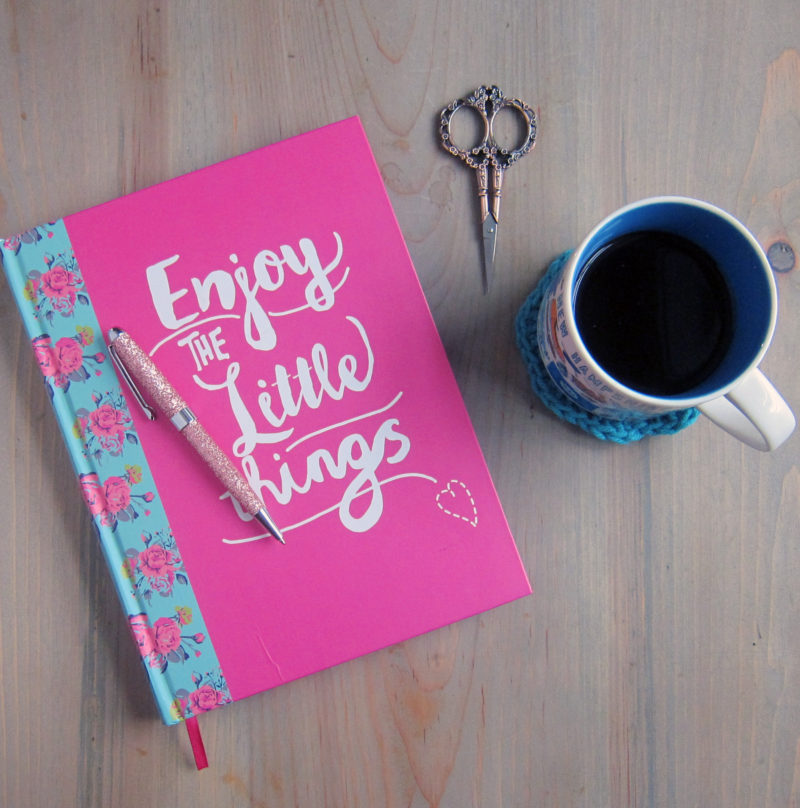This post may include affiliate links, view our disclosure policy for details.
The Pattern Design Series is geared towards crocheters who want to learn how to write, publish, and sell their own crochet patterns. In this series you will learn everything you need to be a successful crochet pattern designer.
pin it now, read it later
When I look at the first crochet pattern I ever wrote, I am embarrassed at how disorganized it is. It wasn’t bad, but it definitely screams “beginner”. Some of the wording is awkward. There is also a lot of information (listed here) missing from it.
Materials
This section should be an itemized list of all the materials used within your pattern. The type of yarn used, hook sizes, yardage, buttons, etc.
Tip: If using buttons, include the size of buttons used.
Sizes
As I have learned from my mistakes in writing crochet patterns, I have come to learn, the crochet community hates “one size” or “one size fits all” patterns. I know I am guilty of this. I’ve done this before for either one or two reasons:
- The size really doesn’t matter
- I got lazy
The truth behind #1 is the size of your crochet pattern might not matter to you, but that doesn’t mean it won’t matter to the person following your pattern. Appliqués are a good example of this. You might have a 3″ finished appliqué and can envision it being used for many purposes. In this case the size might not matter to you, however to that person who is looking for a 2″ or 4″ appliqué the knowing the finished size is very important.
Gauge
Not everyone crochets the same way — some have very loose stitches, others (like myself) have tighter stitches. It is because of this difference between crochets that noting the gauge on your patterns is supremely important.
Gauge simply notes the number of stitches per inch and how many rows per inch for a specific yarn. This is vital information and I have been bitten by following a pattern that did not have a gauge specified. I have followed some patterns that did not have a gauge, only a finished size. The person creating the pattern obviously had a looser technique than I do, because my finished product ended up much smaller than the finished size noted.
Stitches Used & Abbreviations
It is very helpful to the crocheter reading your pattern to know ahead of time not only what stitches will be used, but also how you plan to abbreviate them in the pattern.
I am guilty of using different abbreviations in my patterns. Slip stitch is a perfect example. In one pattern I noticed I used the abbreviation “sl st”, but in another pattern I used the abbreviation “slst”.
This might not look like a big deal to you but, trust me someone out there will pick up on it. When creating marketing crochet patterns little inconsistencies like this that can hurt your brand reputation over time.
Photos
Having good photos in your crochet patterns is also important. Finished photos will give the person following your pattern something to compare their work to. I know I have gotten to that point in a pattern when I’m not done, but I’m wondering if I’m on the right track. Being able to compare my work to a finished photo has been helpful to me to know if I can continue or need to frog it.
If you enjoyed this post, you'll love: What to Know Before Writing Patterns

2 Comments
Comments are closed.